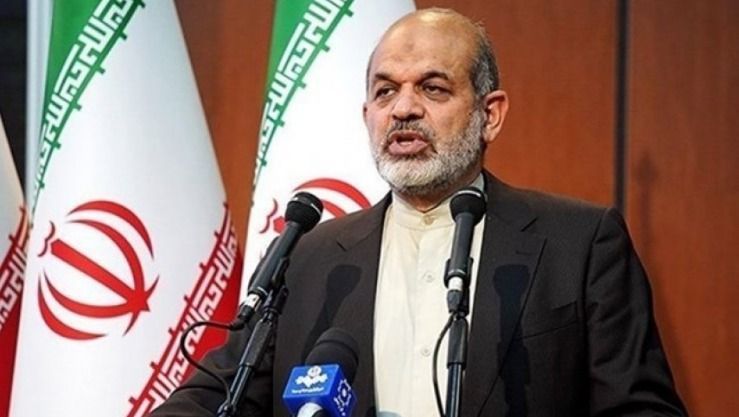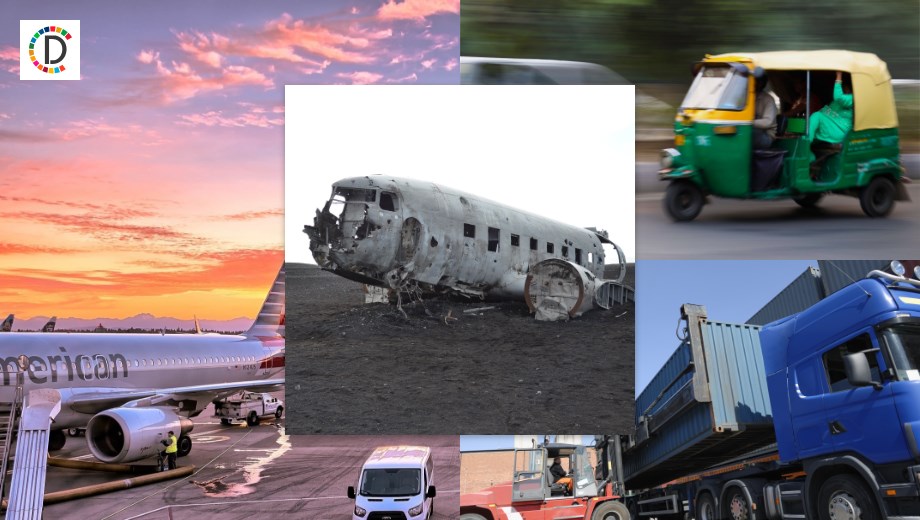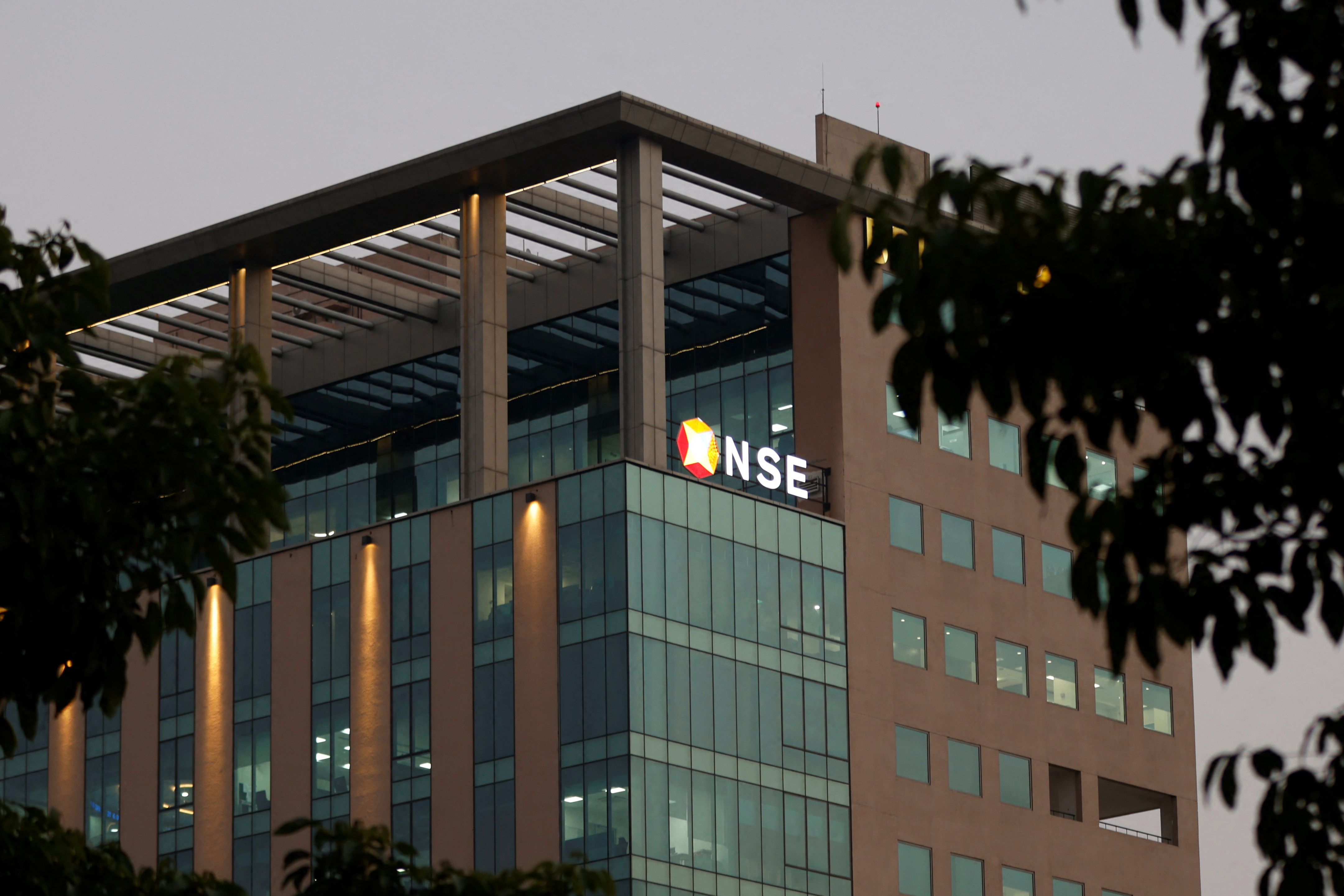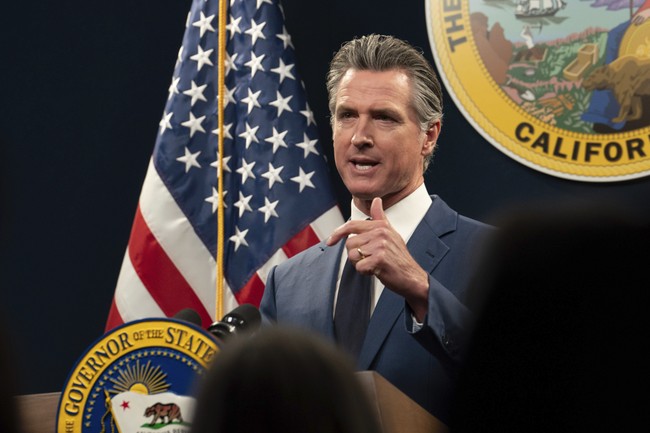Iranian President's Chopper Incident Sparks Concern
Unfolding events after the reported hard landing of Iranian President Ebrahim Raisi's helicopter have triggered widespread concern and speculations about his safety.
Published May 20, 2024 - 00:05am

Image recovered from elbilad.net
The Iranian President Ebrahim Raisi found himself at the center of grave concerns following a hard landing incident involving his helicopter. Reports emerged on a Sunday, shedding light on a challenging situation that gripped Iran's government and populace alike. Iran's Interior Minister, Ahmad Vahidi, acknowledged the occurrence of a 'difficult' landing but did not immediately have information regarding the President's condition. With the rescue teams delayed by adverse weather and dense fog, clarity around the incident remained elusive.
In unprecedented developments, conflicting announcements arose regarding the wellbeing of Raisi and other high-profile officials who were aboard the helicopter. An emergency session headed by Supreme Leader Khamenei was convened by Iran's Supreme National Security Council to deliberate on the ramifications of the crash. Within hours, state media coverage was overshadowed by prayers for the President's safety, signaling the nation's anxiety.
The seriousness of the episode was accentuated by a widespread halt to regular television programming in favor of national prayers. Observers and analysts began to contemplate possible succession outcomes for the Iranian leadership in the aftermath. Further complicating matters, international intelligence assessments suggested political assassination motives, with Israeli involvement suspected by Iranian media, although further information and confirmation remained pending.
Iran's complex geopolitical situation, marked by strained regional relationships and international sanctions, casts a longer shadow over this aviation incident. With a history of civil and military air fleets impacted by such sanctions, concerns over aviation safety in Iran are perennial issues. President Raisi, a key judicial figure before his presidency and regarded as a close disciple of Supreme Leader Ayatollah Ali Khamenei, is also seen as a potential successor, thereby elevating the implication of this incident on Iranian politics.
The dramatic situation culminated when official communications disclosed that President Raisi had indeed survived the precarious landing, albeit with minor injuries. As he recuperated, the incident cast a spotlight on the often perilous state of Iran's aviation sector, reflecting broader infrastructure woes within the country. With a fleet that has aged significantly due to the long-standing sanctions prohibiting the import of new aircraft and spare parts, the risks associated with air travel in Iran have surged, prompting calls for an overhaul of the domestic aviation industry.
Meanwhile, the political theater in Tehran continued to unfold. Public expressions of support for Raisi highlighted the president's role within the Iranian polity, and how he has systematically consolidated power since taking office. Raisi's administration has pushed for an assertive stance on foreign policy while also navigating the multifaceted internal pressures that define Iranian politics, including economic hardships and calls for greater social freedoms.
With attention focused on Raisi's health and stability of government operations, the incident also illuminated the role of Iran's elite Revolutionary Guard Corps (IRGC) — a pivotal force in national security and political affairs. The IRGC's involvement in the technical investigation of the helicopter incident fueled speculation about the cause of the hard landing, particularly in light of the IRGC's historical control over key strategic sectors in Iran.
International reactions to the incident were mixed. While some global leaders sent messages wishing for President Raisi's swift recovery, others maintained a cautious stance, waiting for transparent details from Iranian authorities. The near-miss also brought to surface discussions at the diplomatic table, touching upon the urgency of revisiting aviation safety protocols and the possibility of reviewing sanctions with an aim to mitigate risk to human life in the future.
The geopolitical echo of the crash extended well beyond Iran's borders, stirring conversations among Middle Eastern neighbors and the global community. Pundits noted that any potential incapacitation of Raisi might result in a significant shift in regional alignments. Additionally, amid strained ties between Iran and the West — particularly concerning the Iranian nuclear program and related negotiations — the incident added layers of complexity to an already multifaceted geopolitical puzzle.
Closer home, the incident also incited debates regarding Iran's internal resilience and crisis management capacity. The delay in rescue efforts highlighted inadequacies within the national response frameworks, igniting criticism from various quarters about the necessity for improving emergency protocols in Iran. This comes against the backdrop of a nation that has faced numerous natural disasters, economic challenges, and socio-political strife.
In the aftermath, as the haze of uncertainty began to clear, Iranian officials took steps to reassure the public of the government's control over the situation. They emphasized the survivability of the incident as a testament to the resilience of the Iranian state. Nevertheless, across the political spectrum, activists and opposition figures used the opportunity to voice broader grievances with the current leadership and its policies.
Ultimately, the hard landing of President Raisi's helicopter symbolized the confluence of political, social, and technical uncertainties that beset contemporary Iran. It underscored how unexpected events can swiftly morph into significant national challenges, reflecting the need for robust and adequately-equipped national systems capable of weathering both literal and metaphorical storms. As President Raisi resumed his duties, the nation grappled with the implications of the event, its attention turned to the future, contemplating the lessons that must be gleaned to navigate the turbulent skies ahead.







